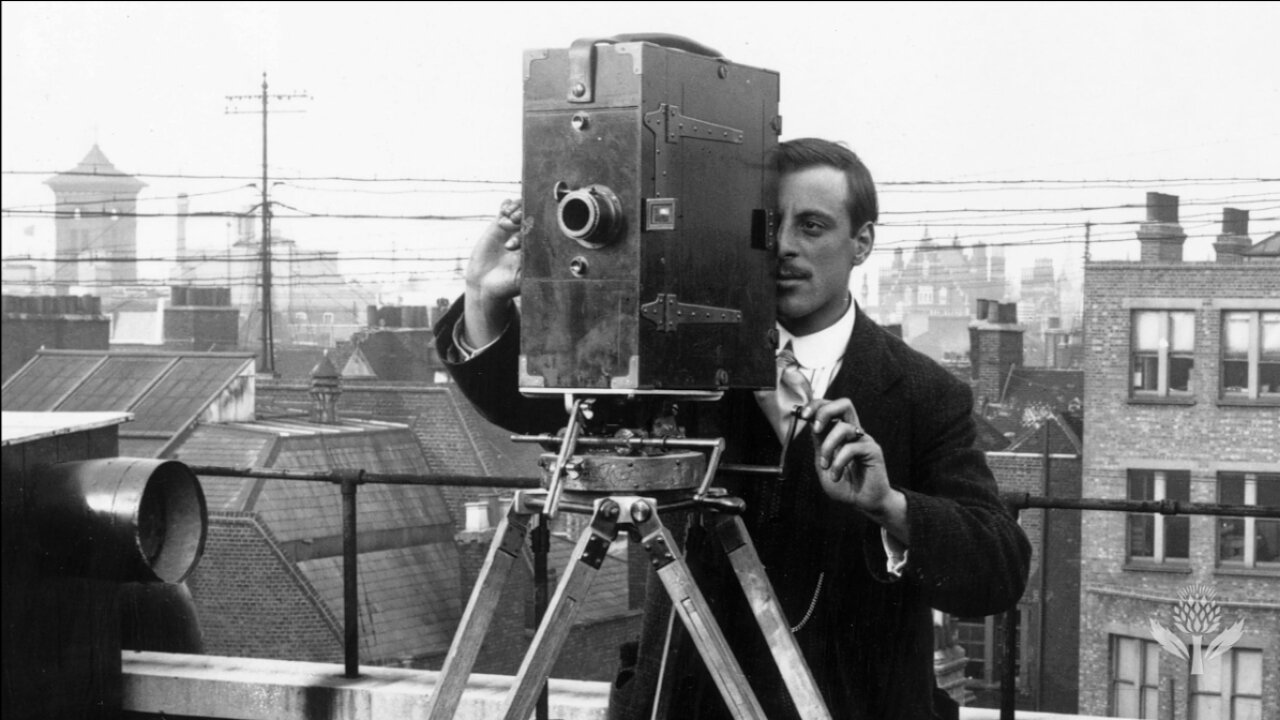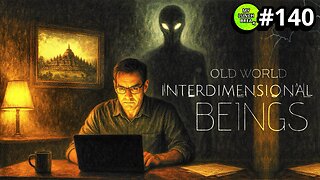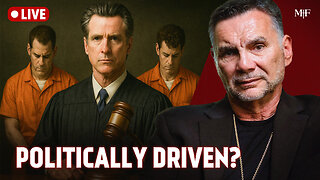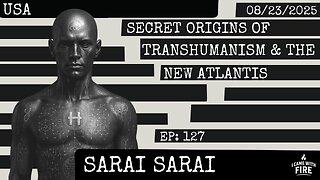Premium Only Content

How talkies replaced silent films
On October 6, 1927, Warner Brothers released The Jazz Singer, the first feature-length film with synchronized dialogue.
AL JOLSON: Wait a minute. You ain't heard nothing yet.
SPEAKER 1: The release marked the beginning of the end of the silent film era. The term silent film is somewhat misleading, as silent films were often accompanied by live music, played by anyone from a single musician to a full orchestra. In fact, from the very beginning of cinema, people such as Thomas Edison and William Dickson had been trying to combine film and audio.
[PLAYING VIOLIN]
But it was only in the mid-1920s that Hollywood began seriously considering utilizing synchronized sound in feature films. It was then that Warner Brothers used a sound-on-disk system called Vitaphone to incorporate a completely synchronized score.
WILL HAYS: Through this public demonstration of the Vitaphone, synchronizing the reproduction of sound with the reproduction of action.
SPEAKER 1: Performed by the New York Philharmonic Orchestra into the 1926 film Don Juan. After that movie's success, Warner Brothers immediately began production of The Jazz Singer, using the same system to include dialogue, in addition to the musical score.
The inclusion of synchronized sound altered the landscape of filmmaking. Cameras, being noisy, were sequestered into soundproof booths, robbing them of free movement. Directors could no longer vocally direct actors while filming, since the microphones would pick up the sound. Furthermore, many actors' voices didn't fit their onscreen image or were heavily accented, leading to many silent film stars being unable to transition to talking films.
Despite it all, sound in movies led to major increases in profit for studios. By 1933, most technical problems had been resolved, leading to a new era of film.
AL JOLSON: (SINGING) Nothing but blue skies from now on. Did you like that, Mama?
-
 24:19
24:19
Stephen Gardner
2 hours ago🚨BREAKING: FBI Raid of John Bolton’s House Reveals THIS!
29.7K62 -
 8:31
8:31
MattMorseTV
4 hours ago $0.82 earnedTexas just did the IMPOSSIBLE.
27.6K56 -
 24:39
24:39
MYLUNCHBREAK CHANNEL PAGE
1 day agoInterdimensional Beings at Borobudur
38K18 -
 12:42
12:42
Scammer Payback
23 hours agoCalling Scammers who were Raided
9.46K10 -
 23:31
23:31
IsaacButterfield
15 hours ago $0.05 earnedThe Woke Mob Is Really CANCELLING Matt Rife For THIS…
16K14 -
 1:23
1:23
WildCreatures
8 days ago $0.97 earnedThis mother armadillo eating her palm nuts is truly adorable
14.4K16 -
 8:59
8:59
The Art of Improvement
11 hours ago $0.02 earnedHow to Build the Most Powerful Mindset for Success
13.1K2 -
 18:12:15
18:12:15
GritsGG
1 day ago36 Hour Stream! Most Wins 3420+ 🧠
241K11 -
 1:26:16
1:26:16
Michael Franzese
20 hours agoMenendez Brothers Denied Parole – Newsom Holds Their Fate
117K92 -
 2:36:02
2:36:02
I_Came_With_Fire_Podcast
19 hours agoSecret Origins of Transhumanism & The New Atlantis
39.4K18